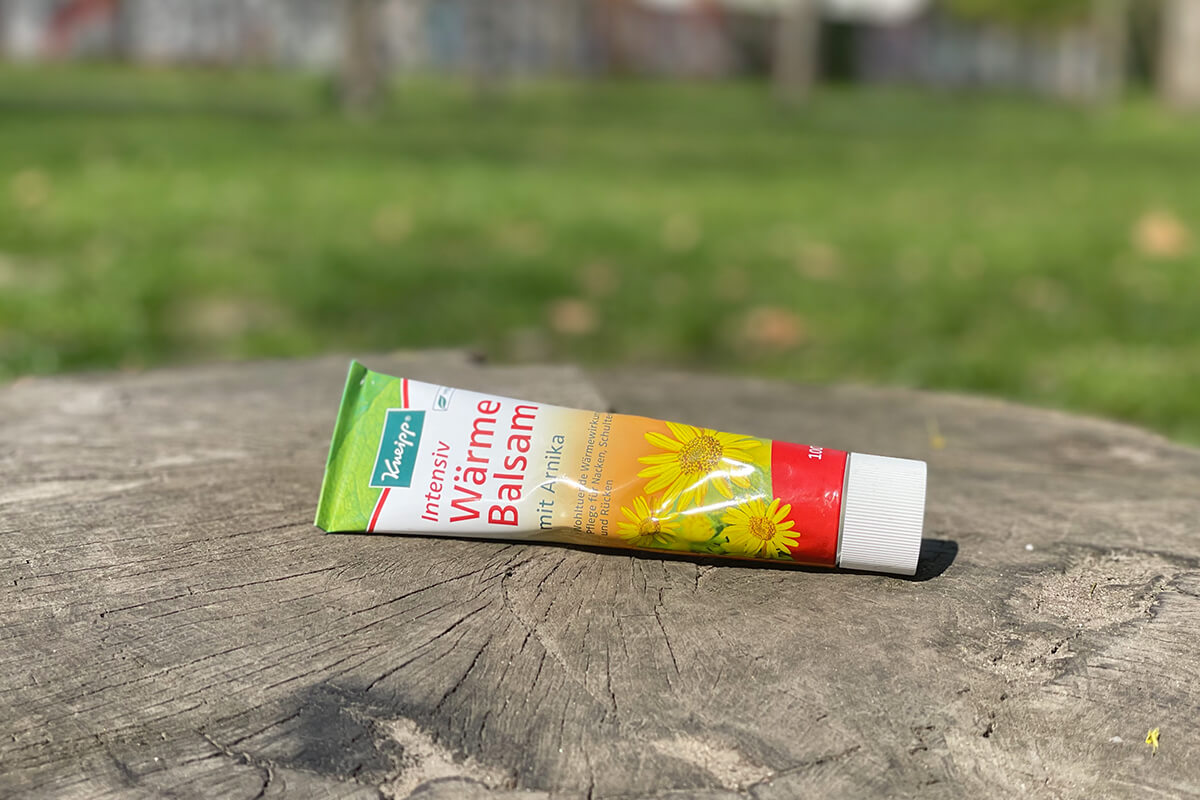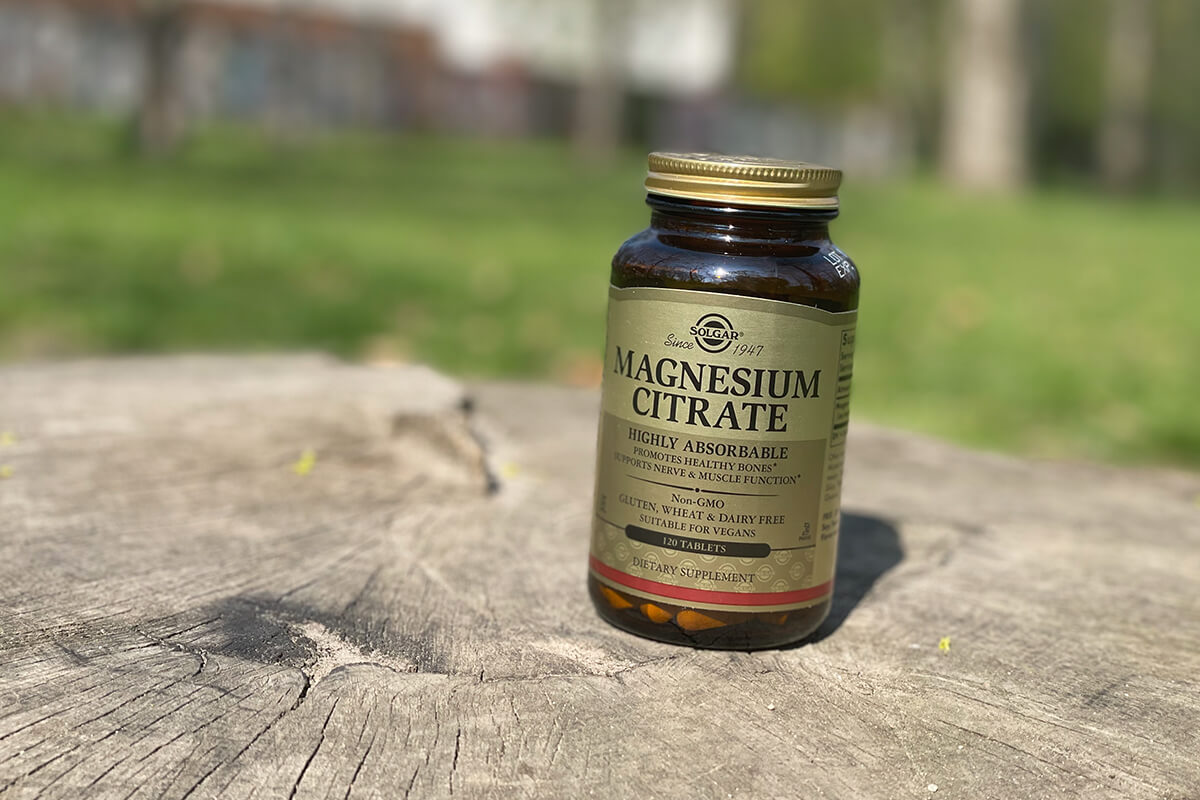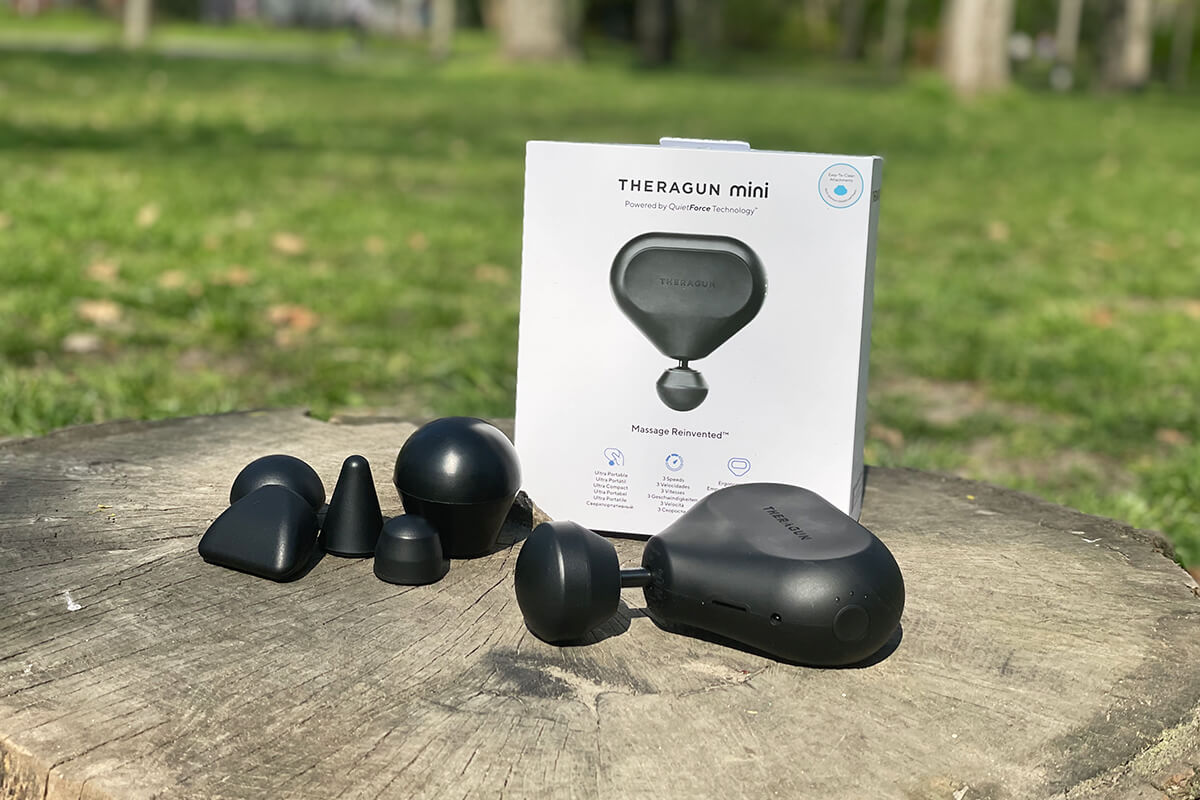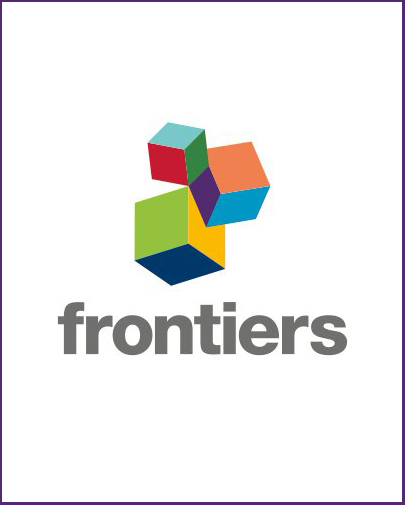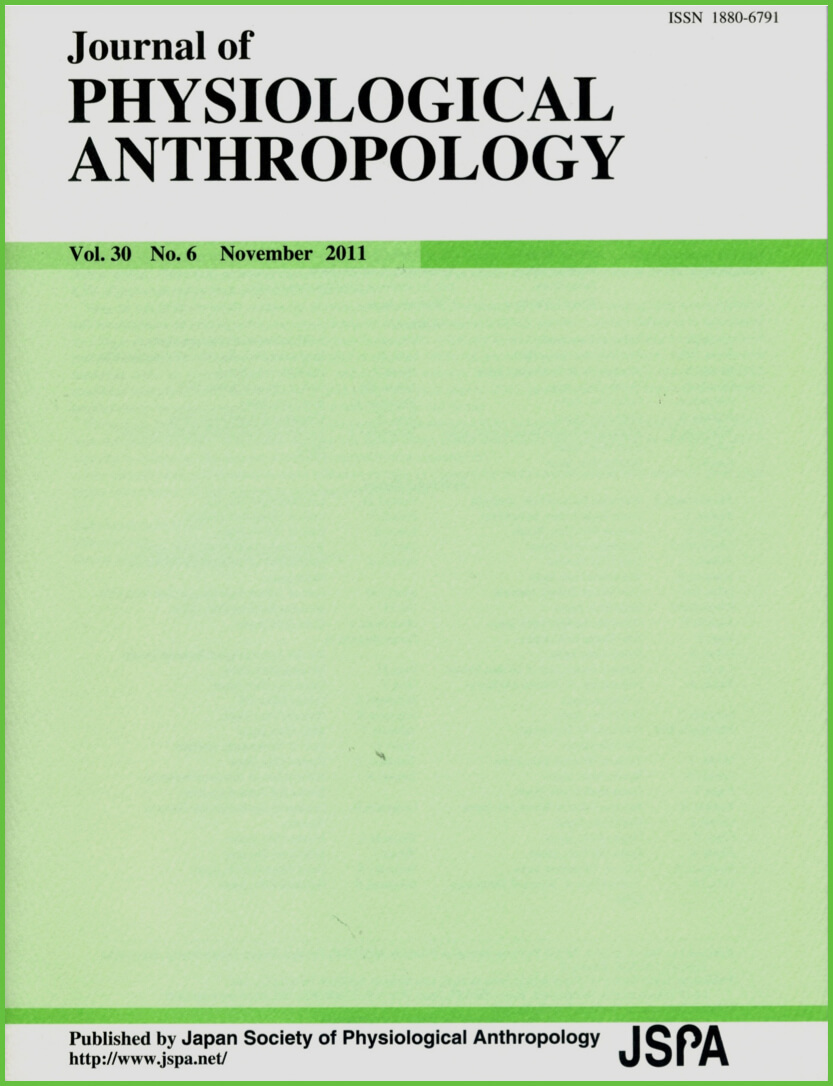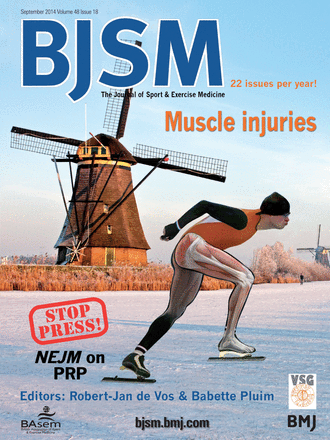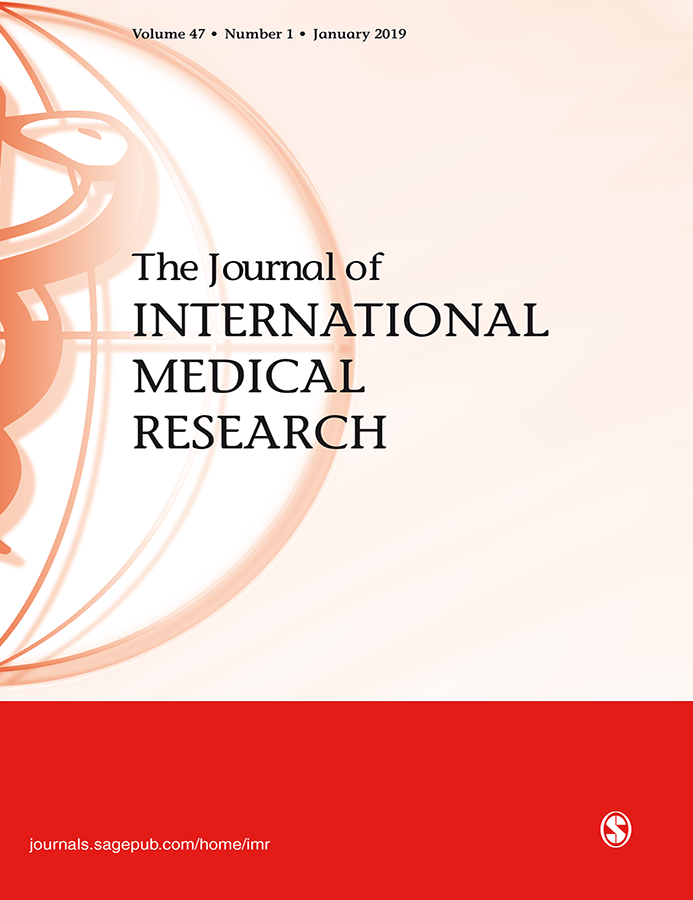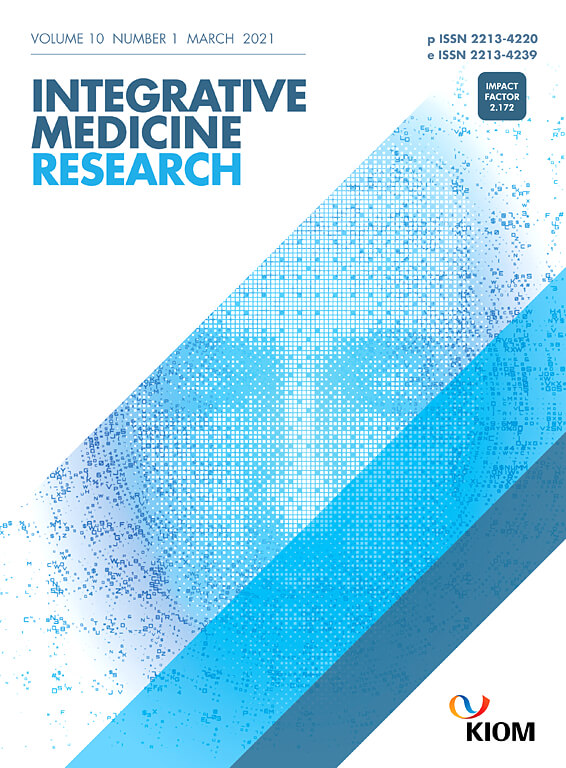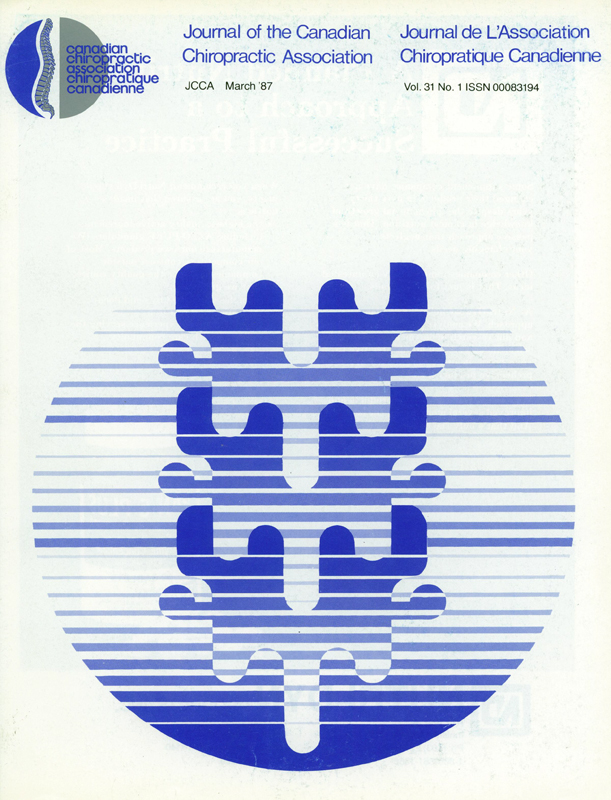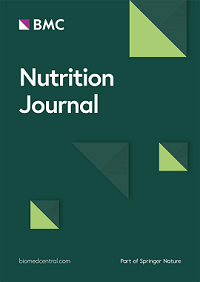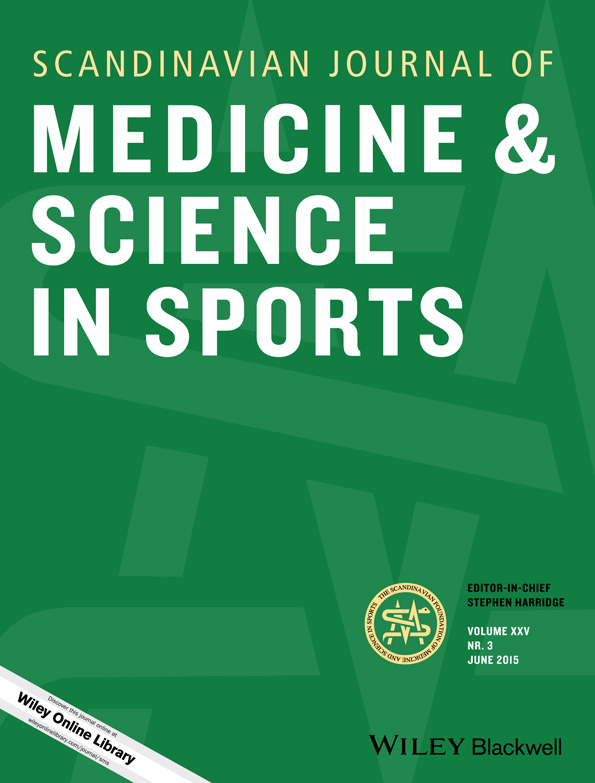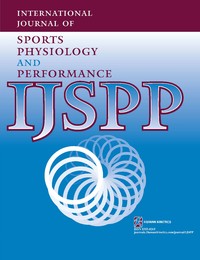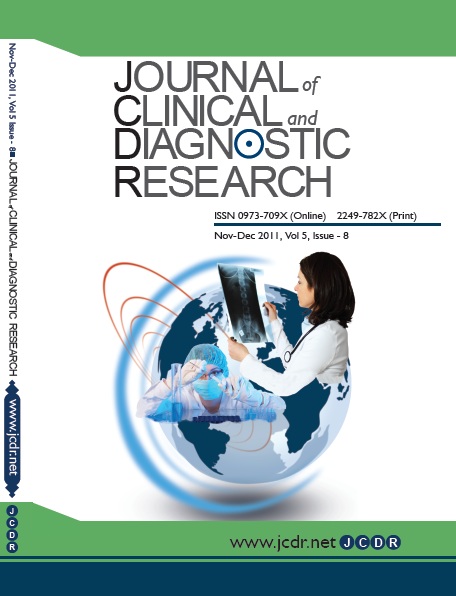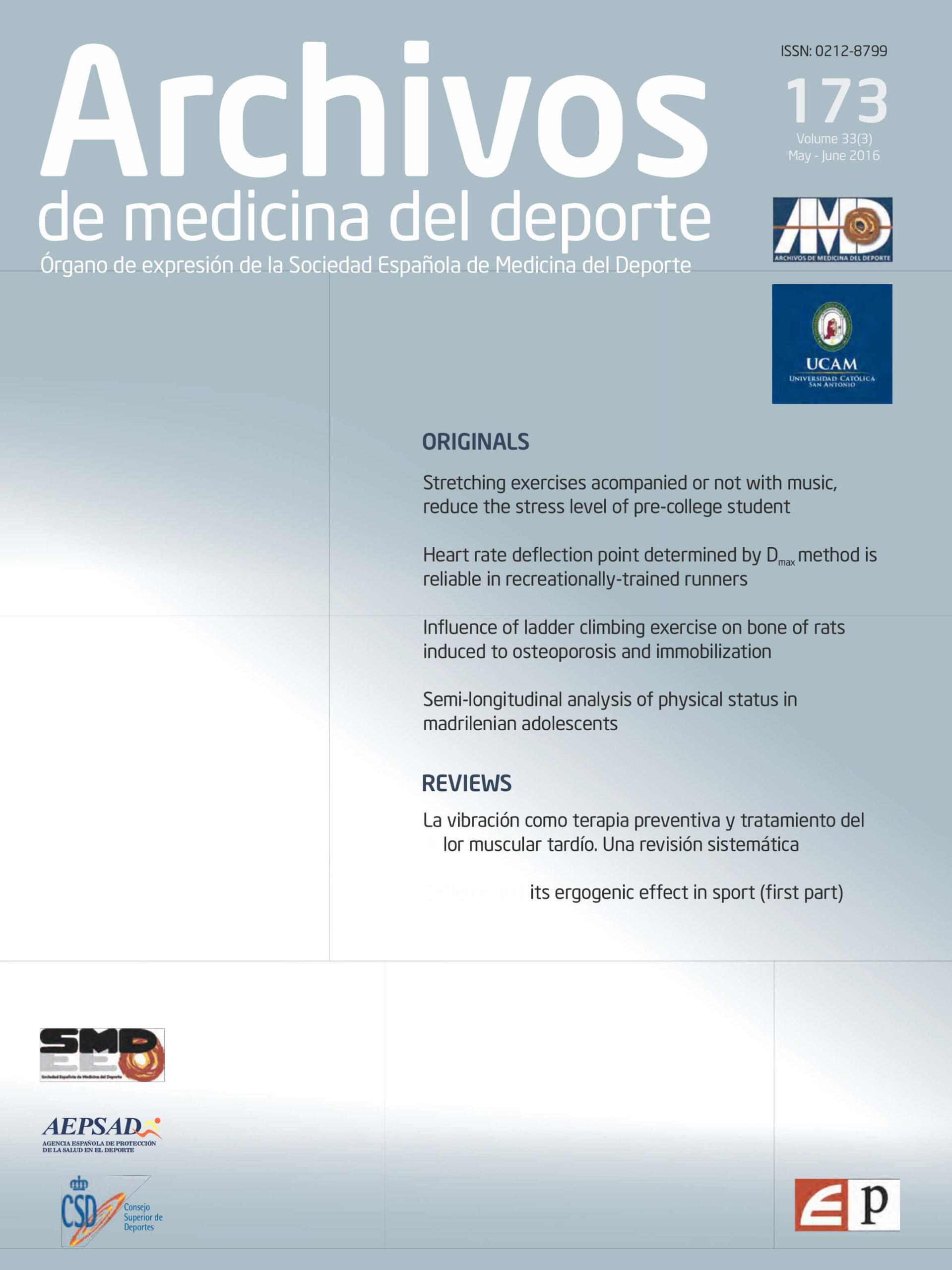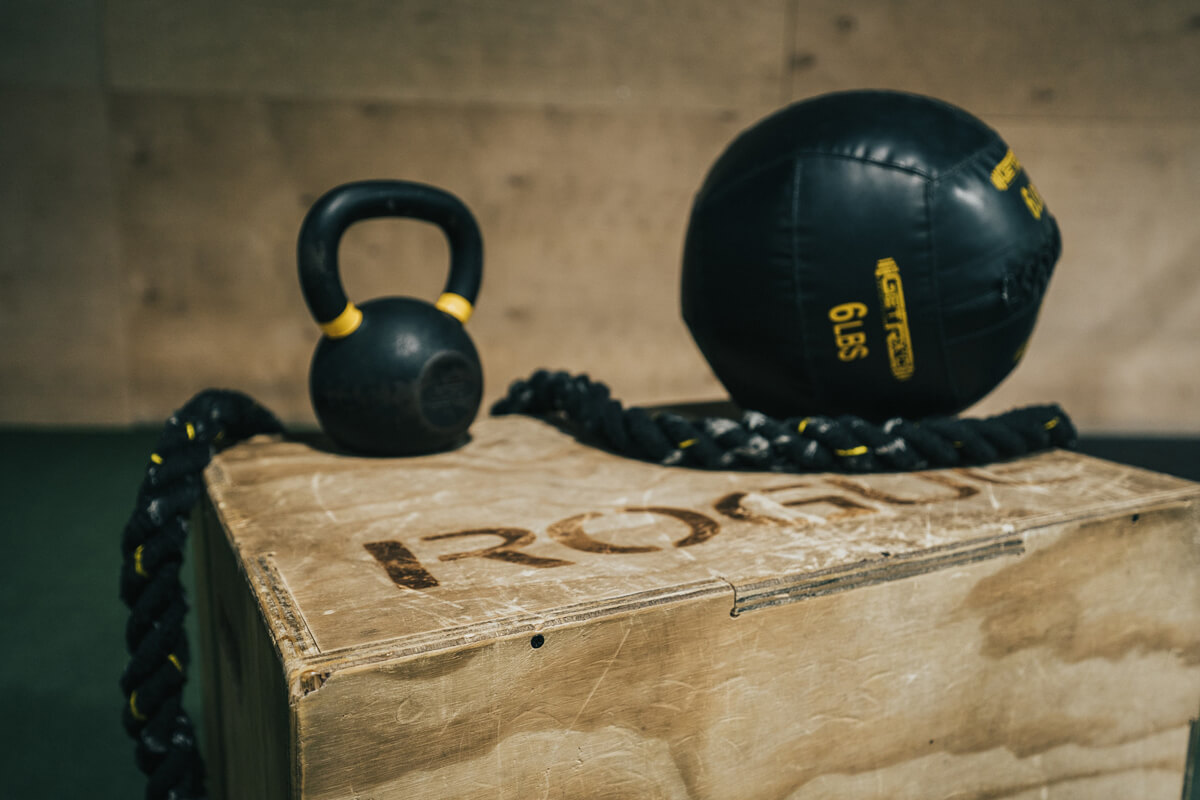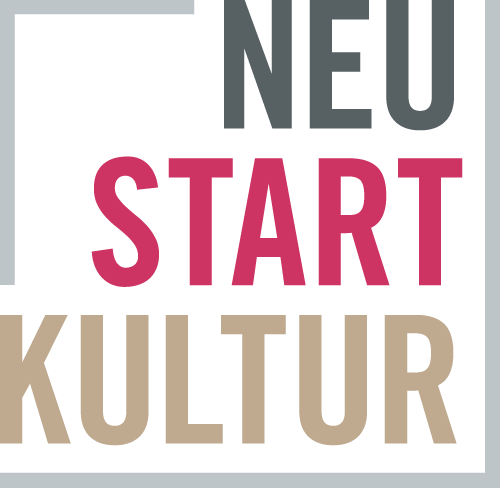DIS-TANZ DIARY #17
MY SECRET WEAPONS
Apr 29, 2021 in DIS-TANZ-SOLO
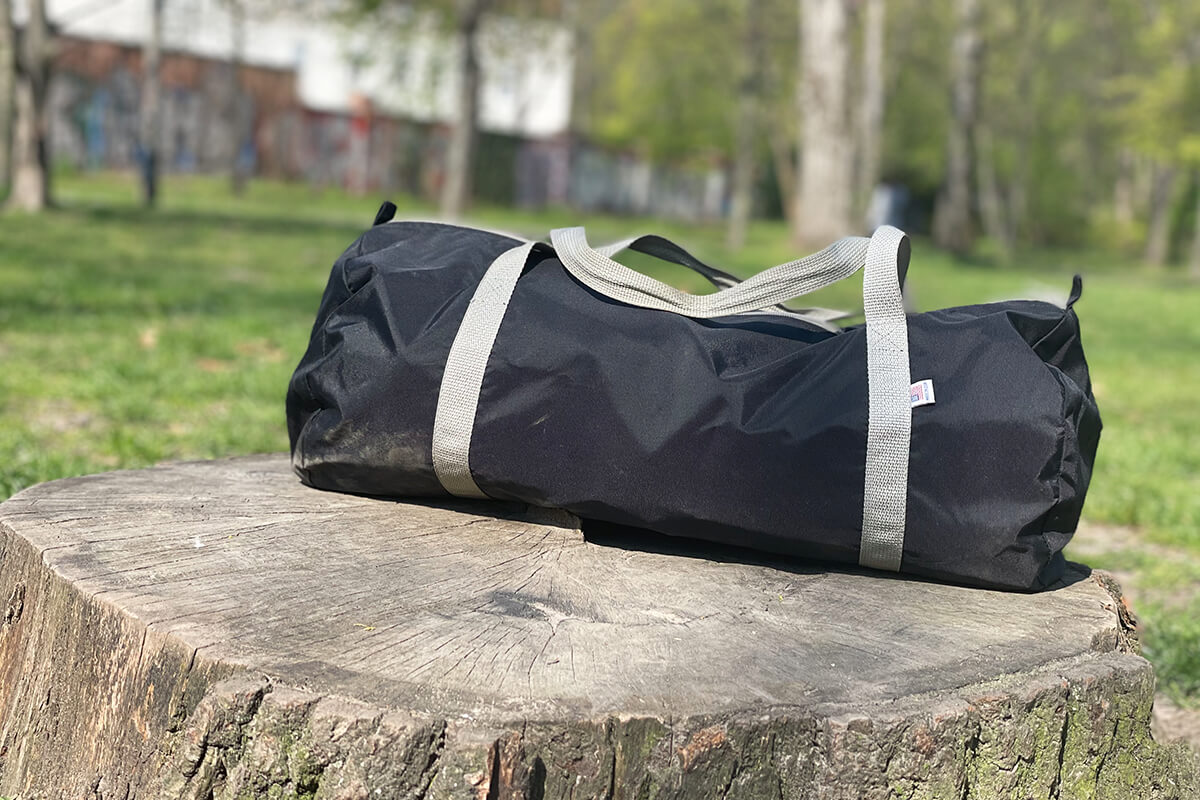
After the cold, hard facts of my survey analysis, I thought it would be a good idea to balance this out with something more personal. I thought it would be a nice idea to open my gym bag and introduce you to my secret weapons when touring.
I have tried to include studies further below that deal with the respective items and provide the necessary scientific background. However, since the research on some of the topics is still quite young, please note that my tips are most of all based on my own experience gathered over many years of working as a performer. In the end, everyone must decide for themselves what works best for them.
I would like to point out that I am in no way sponsored by any of the featured brands. In cases where I nevertheless refer to a particular product, this is because I either have exclusive experience with that one specific brand or genuinely find the product in question preferable for my personal purposes.
